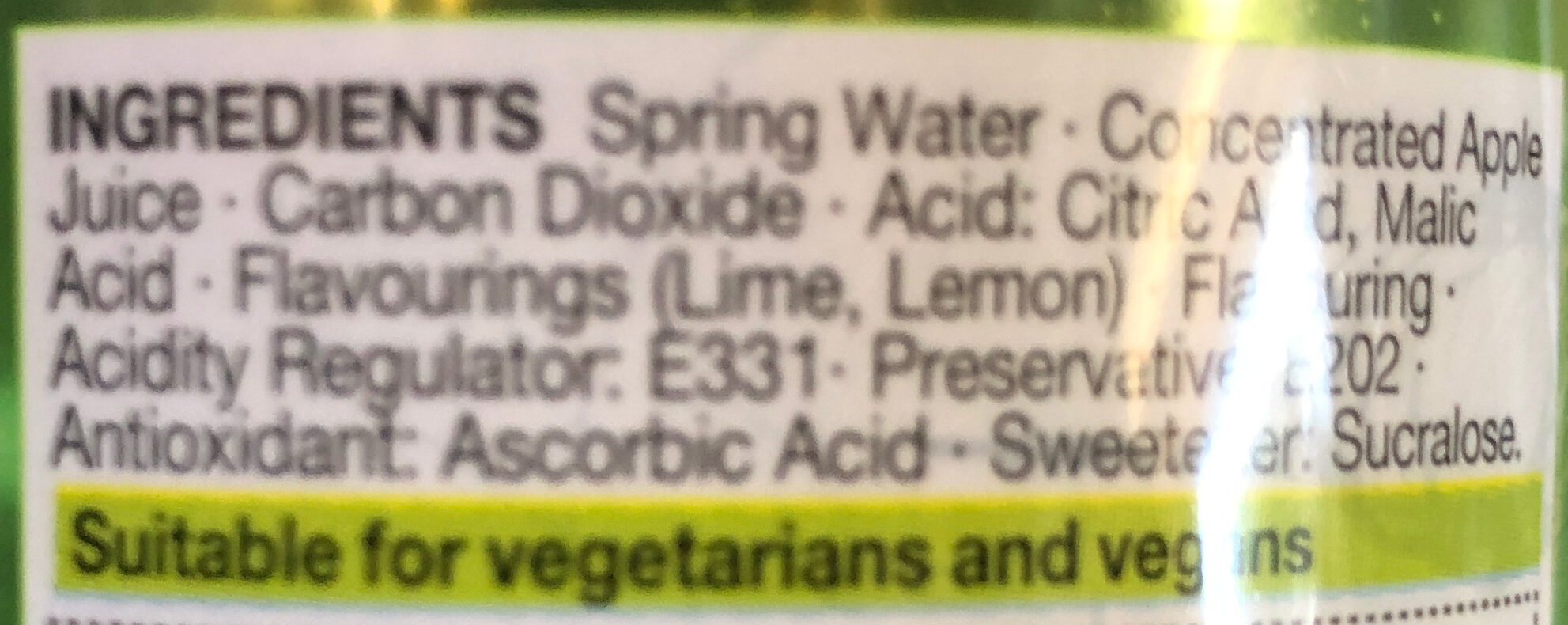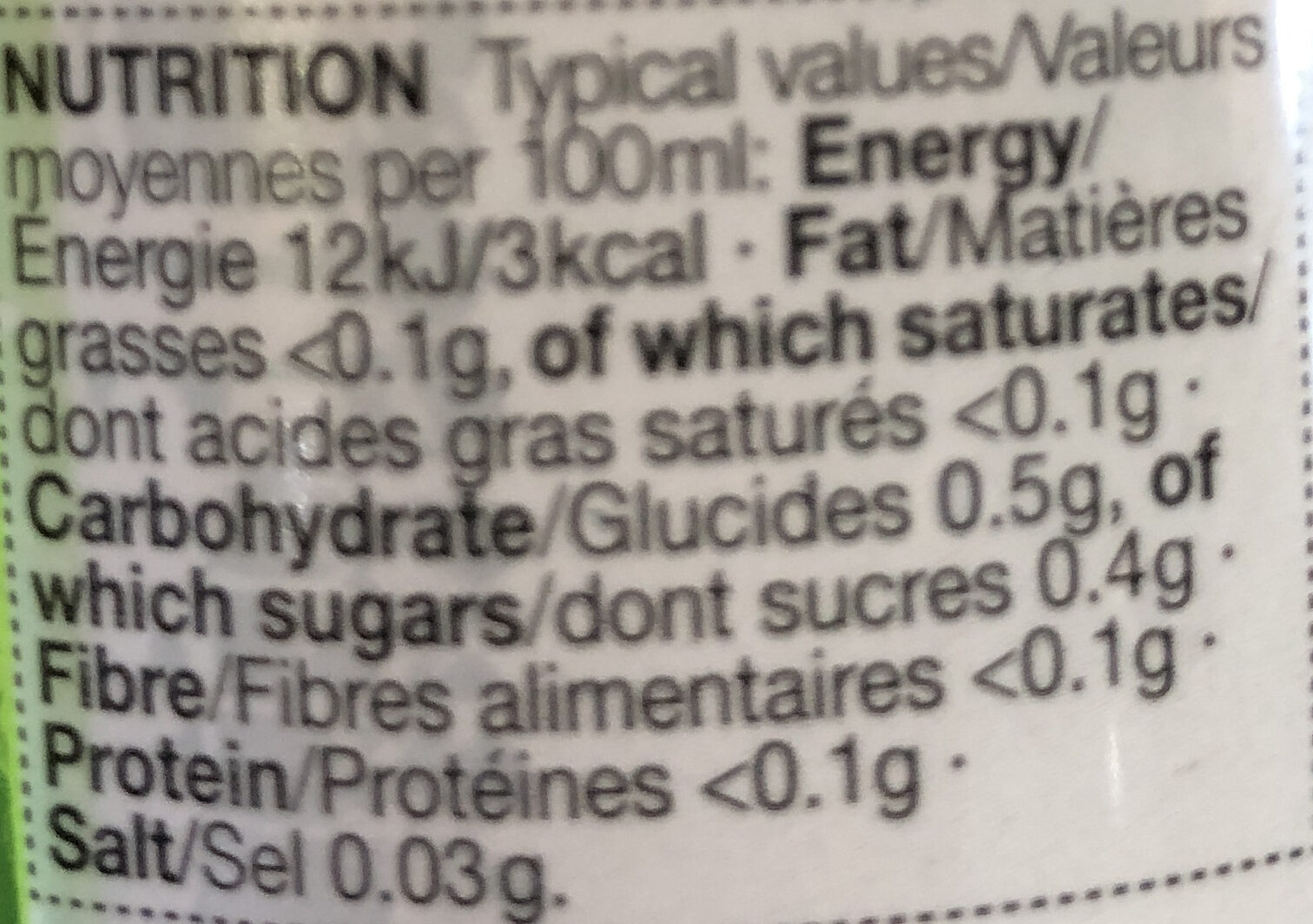Lemon And Lime Water - Marks&Spencer - 500ml
Ambiguous barcode: This product has a Restricted Circulation Number barcode for products within a company. This means that different producers and stores can use the same barcode for different products.
×
This product page is not complete. You can help to complete it by editing it and adding more data from the photos we have, or by taking more photos using the app for Android or iPhone/iPad. Thank you!
×
Barcode: 00348157
Quantity: 500ml
Packaging: en:Plastic, en:Bottle, en:Pet-bottle
Brands: Marks&Spencer, M&s
Categories: en:Beverages
Labels, certifications, awards:
en:Vegetarian, en:Vegan, en:Green Dot, en:With sweeteners
Link to the product page on the official site of the producer: https://www.m-s.gr/product/lemon-lime-sp...
Stores: Marks & Spencer
Countries where sold: An Fhraing, An Rìoghachd Aonaichte
Matching with your preferences
Environment
Packaging
Transportation
Report a problem
Data sources
Product added on by kiliweb
Last edit of product page on by packbot.
Product page also edited by beniben, openfoodfacts-contributors, swipe-studio, teolemon, vaporous.









